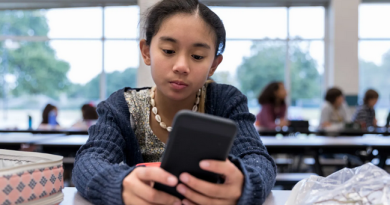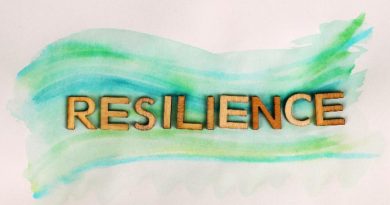Unstructured, longer play time called key to early learning
It takes work to learn how to play.
That’s the message early childhood experts delivered Wednesday during a webinar on the importance of play in early education settings, hosted by The Hunt Institute and Trust for Learning. Rather than viewing children’s play as a distraction from learning, it should be viewed as an essential vehicle for learning, the speakers said.
“Children have to learn to play and play to learn,” said Deborah Leong, professor emerita at Metropolitan State University of Denver and co-founder and president of Tools of the Mind, a company that provides research-based curriculum and resources for early education.
The Pre-K play the speakers were discussing is not free-for-all, unmonitored play. It involves providing intentional opportunities for student-led make-believe play and longer and uninterrupted time for peer interactions, they said.
The play should be student-directed, and teachers should be “guides on the sides” rather than dictating the type of play. A brief by Trust for Learning also said it’s essential to make sure the play is gender inclusive and anti-racist.
“What happens is that if we step back as adults, and we give the children the space and the time to figure it out, they actually engage in really deep engagement of learning and play,” said Denisha Jones, an early childhood professor at Sarah Lawrence College and executive director of the nonprofit Defending the Early Years.
Teachers are not just passive bystanders during play but can observe and document the play and later help students reflect on their experiences, the speakers said.
Jones pointed to the Anji Play approach, a play philosophy that began in China, as a way to provide equitable experiences. In this method, children use minimally structured, open-ended materials of all sizes to build on their natural curiosities and develop skills such as self agency, collaboration and taking risks. Teachers ”step back, remain present, and observe with their hands down, mouths closed, ears, eyes, and heart open,” according to the program’s website.
Responding to resistance
The speakers acknowledged any approach to longer, uninterrupted, student-directed play could meet resistance from teachers and parents who are more accustomed to center-based play, where areas in a classroom have toys or manipulatives for different themes like art or science. Some skeptics may also be concerned about play limiting time for work on pre-reading and math skills.
To that, Jones suggests demonstrating to teachers and parents what this play looks like. For Jones, it took standing on a roller board to realize “how funny and scary it was at the same time.”
A lot of parents and teachers are “uncomfortable seeing children engage in certain types of play, because we’re fearful of their safety, and so we have to tap into that ourselves,” Jones said. “What makes us fearful about this? How can we trust the children to take to it — that’s the risk because they’re actually really good at that. Children do not like getting hurt.”
Kathy Hirsh-Pasek, professor of psychology at Temple University and a senior fellow at Brookings Institution, said helping teachers and parents understand the skills gained through play can help offset reluctance.
“Learning has to be active, it has to be engaged, meaningful, socially interactive, iterative and, importantly, it has to be joyful. And what are those things? Well, it turns out that the very characteristics of how the brain learns coalesce around play,” Hirsh-Pasek said.
Source: https://www.k12dive.com/news/unstructured-longer-play-time-is-essential-to-learning/628946/




